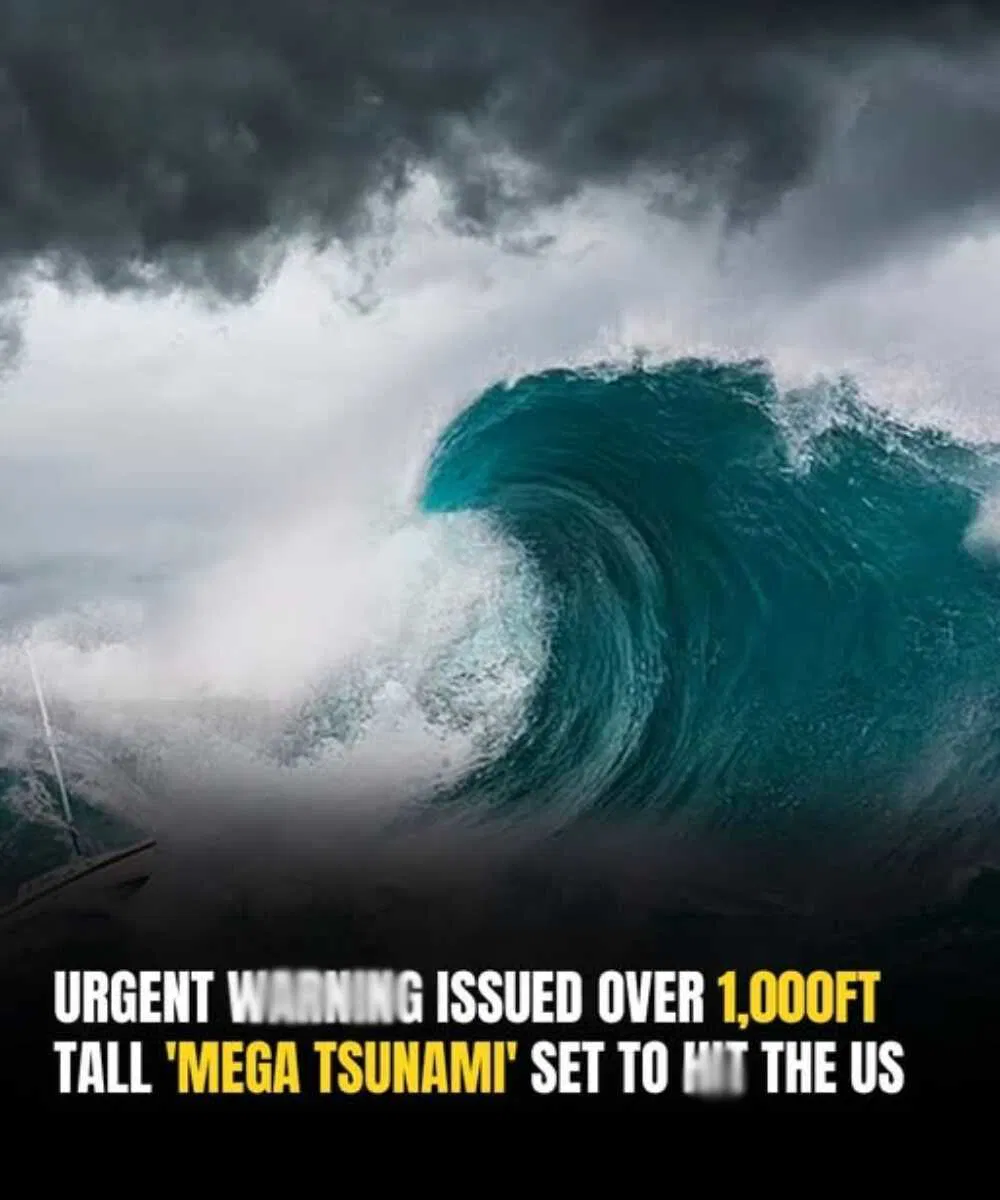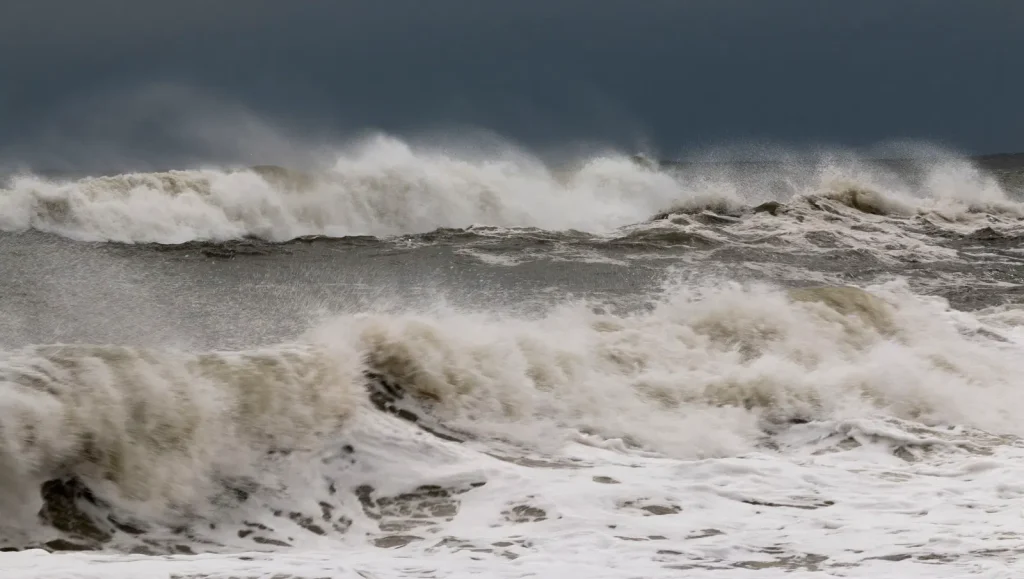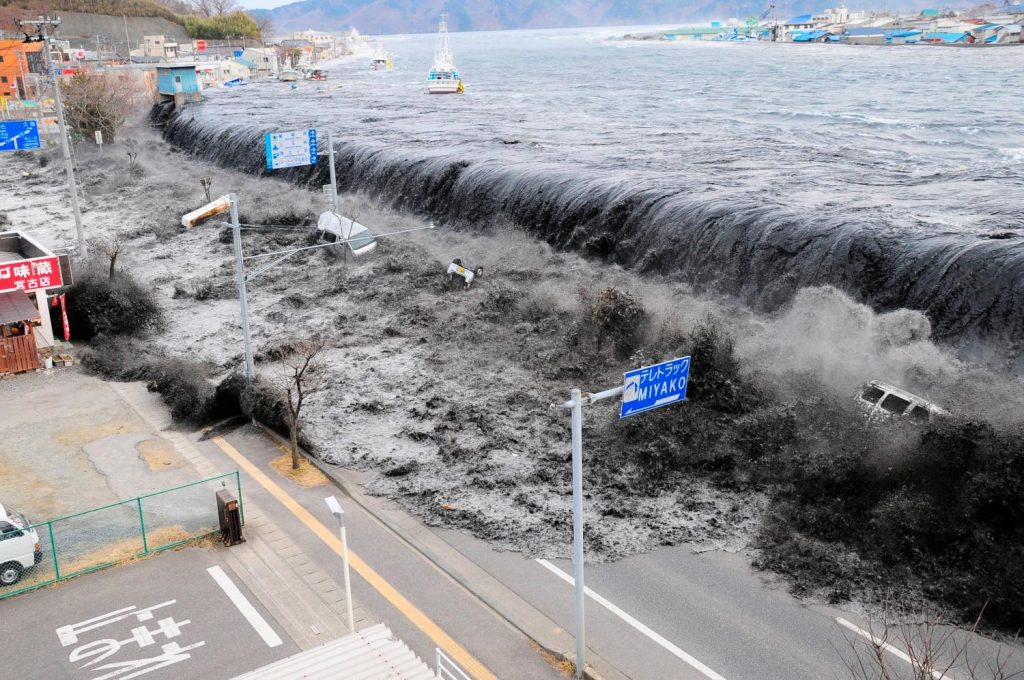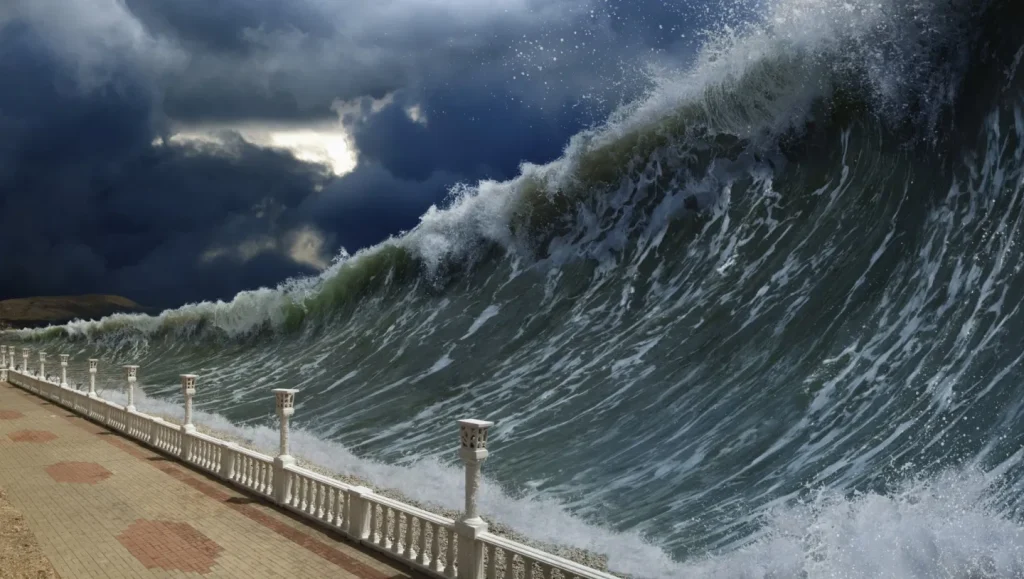
Imagine a wall of water, hundreds of miles per hour, towering a third of a mile high, crashing across the ocean. That’s the terrifying force of a mega-tsunami.
Unlike regular tsunamis triggered by earthquakes, mega-tsunamis are usually caused by massive landslides or volcanic eruptions.
In the U.S., Alaska, Hawaii, and the West Coast face the highest risk due to their active volcanoes, unstable slopes, and earthquake zones.

Scientists are still studying traces of a mile-high mega-tsunami caused by an asteroid during the age of dinosaurs. It’s believed the wave started at 2,000 feet near the impact and dropped to 150 feet as it hit the Americas.
More immediate concerns lie with potential mega-tsunamis from areas like Cumbre Vieja in the Canary Islands—but many experts doubt it will produce such a wave, despite past eruptions.
Alaska
A massive granite landslide in Alaska—2,400 by 3,000 feet and weighing 90 million tonnes—triggered a record-breaking 1,719-foot mega-tsunami, the largest ever recorded. NASA compared it to dumping eight million dump truck loads into the ocean.
Alaska remains prone to such events due to its rugged terrain and frequent quakes. As temperatures rise, the risk increases, warns Steve Masterman of Alaska’s Geological Surveys. Scientists now monitor slopes and glaciers to predict future disasters.

Hawaii
Hawaii’s volcanoes, especially on the Big Island, pose a serious mega-tsunami risk. Their steep, unstable slopes—built from layers of lava—can collapse during eruptions or quakes. When millions of tonnes of rock crash into the ocean, massive waves can hit nearby islands.
This happened before and could happen again. Kilauea, one of the active “young” volcanoes, just ended another lava eruption on May 6. Scientists warn: if these volcano flanks give way, devastating tsunamis could follow.
The West Coast

On January 26, 1700, a magnitude 9.0 earthquake along the Cascadia Subduction Zone triggered a massive tsunami that struck Pachena Bay just 30 minutes later. Waves up to 100 feet high left no survivors.
This event shows how tsunamis can travel far and strike fast. The USGS and FEMA estimate a 37% chance of another magnitude 8–9 quake in the Cascadia zone within the next 50 years.
Despite better warning systems, tsunami risks remain high along Alaska, Hawaii, and the West Coast—areas prone to earthquakes, landslides, and volcanic activity.